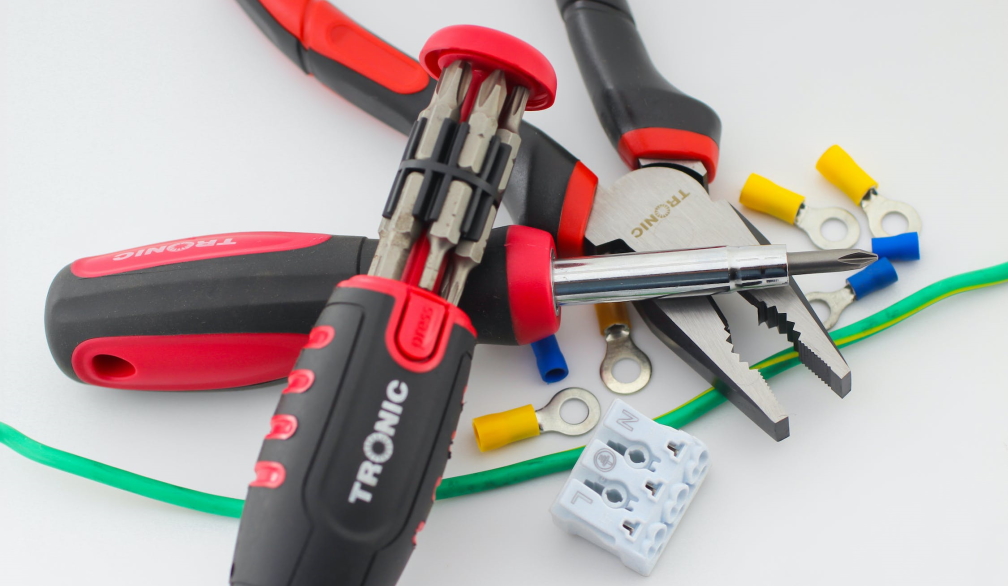Everyday Prepping: The Tech Survival Kit

It’s not easy to sell somebody on the idea of disaster preparation for a number of different reasons. Firstly, whether they’ll admit to it or not, people tend to be superstitious, so the idea that you can invite disaster by preparing for it is a popular one. There’s also plenty of help out there during the more mundane incidents. As a thought experiment, though, what if all you had to save yourself was your own foresight and planning?
Let’s keep the disasters small for the moment. After all, most kits that you can buy online to outlast such incidents are only designed for up to 72hrs of roughing it on darkened streets. Known as bug-out bags, these contain everything from a rain poncho, food rations, and drink powders to a knife and first-aid kit. You can also buy an NCB or Never Coming Back bag, which can cost hundreds of dollars.
The good news is that you probably won’t need one of these to be able to survive a non-life-threatening emergency, like a blackout. The main concern in these cases will almost invariably be power and light. However, provided you have a few essentials around the house, such as batteries or candles, it’s easy enough to replicate these life-giving resources without much of a financial outlay.
An infographic from ExpressVPN recently addressed this need with a variant of the bug-out bag called a tech survival kit. This is designed to be either a supplement to a regular emergency kit or a standalone package. So, forget about food and water, for this one. The tech survival kit has four categories of items, namely, data storage devices, phones and accessories, chargers and power, and tools.
Flash Drives
The tech survival kit is arguably more applicable to boring crises than a true bug-out bag, as you’ll probably be housebound and have food and water available. Its true purpose is as a means to alert authorities and, to this end, it includes a satellite phone, a spare mobile phone, a pre-paid SIM card, and a portable WiFi hotspot. You’ll also have all the relevant chargers and cables for these devices.
Flash drives with important documents, such as insurance deeds and passports, can also help in the event of fire and flood, especially if part of your home has been damaged in an electrical fire, for example. Screwdrivers, a torch, and a pocket knife should be included in the tech survival kit too. These last few items mean that the tech survival kit can double as a support for all kinds of occasions, like building a PC.
The question that needs answering still is, should you bother? As climate change accelerates, the numbers speak for themselves. Australia lost 14.3m hectares to fire during 2020 and bushfire season now lasts a month longer than it did forty years ago. While you can be the judge of your own proximity to disaster, there’s rarely a downside to preparation - even if nothing ever happens.
In summary, a DIY tech survival kit is a good stepping stone towards more involved disaster prep, which can be scaled up or down as you see fit.

